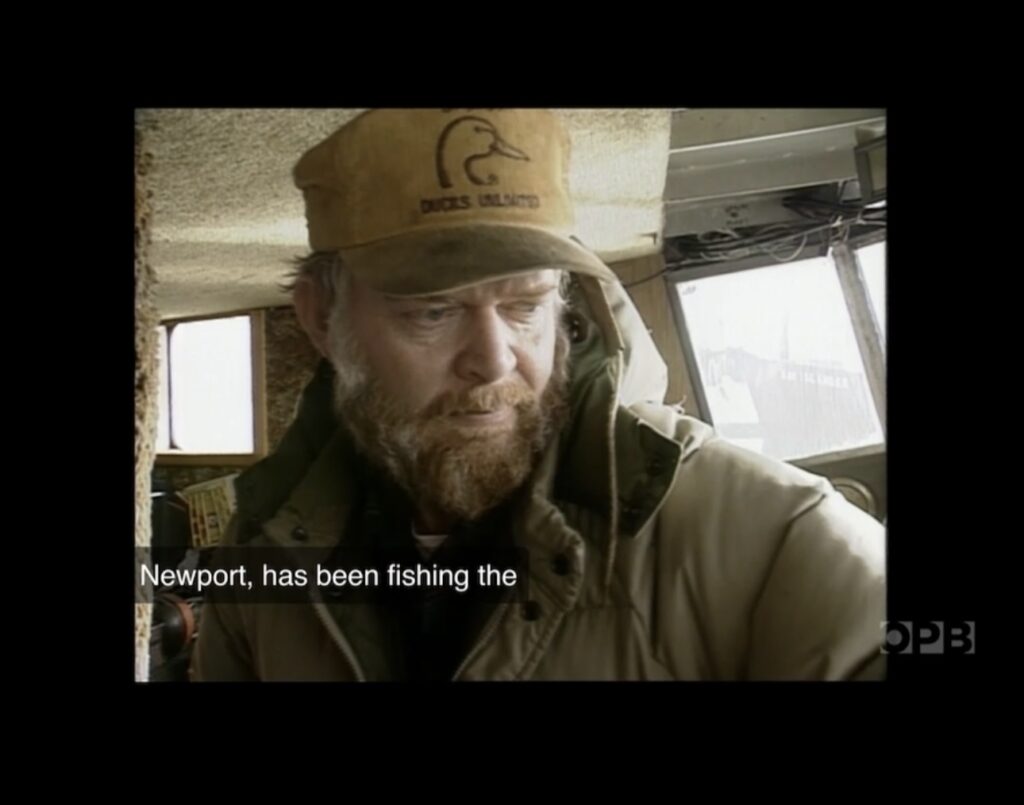It’s only been a few decades since Oregon moved away from a harmful fishing practice called driftnetting to ways of fishing that are better for the planet. This big change got the spotlight in the very first episode of “Oregon Field Guide” back in 1990. In that episode, my dad, Captain Herb, shared how this bad practice was once common and really hurt Oregon’s fish and its fishing business. Thinking about how much has improved in just a few decades is pretty amazing.
Before the enactment of the Magnuson Act, the waters off the United States, notably around Oregon, were bustling with foreign fishing fleets. This era, significantly shaped by technological leaps, saw the advent of larger, more potent fishing vessels. These ships, hailing from Asia, Europe, and even the Soviet Union, ventured further for longer, bringing about an era of heightened competition for marine resources.
The advanced fishing technologies onboard these foreign fleets facilitated the harvesting of vast quantities of fish, leading to a severe overfishing crisis. Local fish stocks, once abundant and thriving, began to dwindle at an alarming rate. This decline posed a dire challenge for local fishermen. With smaller boats and more rudimentary gear, they struggled to compete. The seas that once provided for them were now arenas of fierce competition, leading to reduced catches and, consequently, diminishing incomes.
Amidst these challenges, driftnetting emerged as a particularly contentious issue. Dubbed “curtains of death,” these nets cast a wide, indiscriminate swath through the ocean, ensnaring not just the targeted fish species but a vast array of marine life. Dolphins, turtles, sharks, and seabirds were caught in these deadly drapes, many succumbing to stress or injury before they could be released. The efficiency of driftnets spelled disaster for marine biodiversity, exacerbating overfishing and threatening the very fabric of marine ecosystems.
The introduction of the Magnuson Act was a watershed moment in marine conservation. By establishing a 200-nautical mile Exclusive Economic Zone, the United States took a decisive stand against the unsustainable practices that had prevailed in its waters. The presence of foreign fleets was significantly curtailed, ushering in a new era of sustainable fishery management.
This legislation was not just about reclaiming territory. It laid the groundwork for the development of fishery management plans, meticulously crafted to foster the recovery and sustainable use of fish stocks. Local fishing communities, once beleaguered by the competition and facing the depletion of their livelihoods, were granted a lifeline. The act provided them with more secure access to marine resources, ensuring that the bounty of the seas could sustain not just the present generation but those to come.
The story of this era stands as a testament to the power of regulation in reversing the tide of overfishing and environmental degradation, securing a future where marine life thrives in harmony with our local fisheries.

